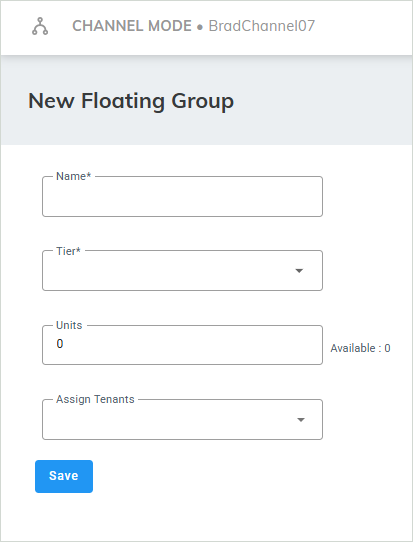Floating Groups
Floating Groups are used as dynamic call routing groups. They provide the following benefits:
| ■ | Distribute incoming calls among a group of agents based on predefined rules. |
| ■ | Improve response times by ensuring the next available or most suitable agent answers the call. |
| ■ | Balance workloads across agents to prevent burnout and improve service quality. |
| ■ | Scalable and flexible—agents can be added or removed based on demand. |
| ■ | Improved collaboration—agents share responsibility for incoming calls. |
| ■ | Enhance customer service—calls are answered promptly and efficiently |
For example, Simultaneous Ringing where all agents in the group receive the call simultaneously and the first to answer handles it. Sequential Ringing, where calls are routed in a set order until someone answers. Round-Robin Distribution, where calls are evenly distributed among agents over time. Longest Idle, where the call is sent to the agent who has been idle the longest.
| ➢ | To configure Floating groups: |
| 1. | In the Navigation pane, click Floating Groups. |

The table below describes the parameters in this page.
|
Parameter |
Description |
||||||||||||
|---|---|---|---|---|---|---|---|---|---|---|---|---|---|
|
Group Name |
The name of the Floating group. |
||||||||||||
|
Tier |
The Floating Group tier:
|
||||||||||||
|
# of Licenses |
The number of allocated licenses. |
||||||||||||
|
Tenants |
The name of the tenant attached to the tier. |
||||||||||||
|
Add New |
Lets you add a new Floating group.
|
||||||||||||
|
Edit |
Lets you edit an existing tenant. |
||||||||||||
|
Delete |
Lets you delete a tenant. |
